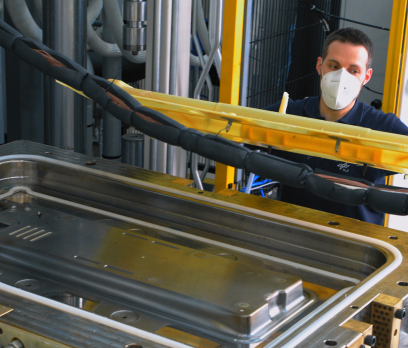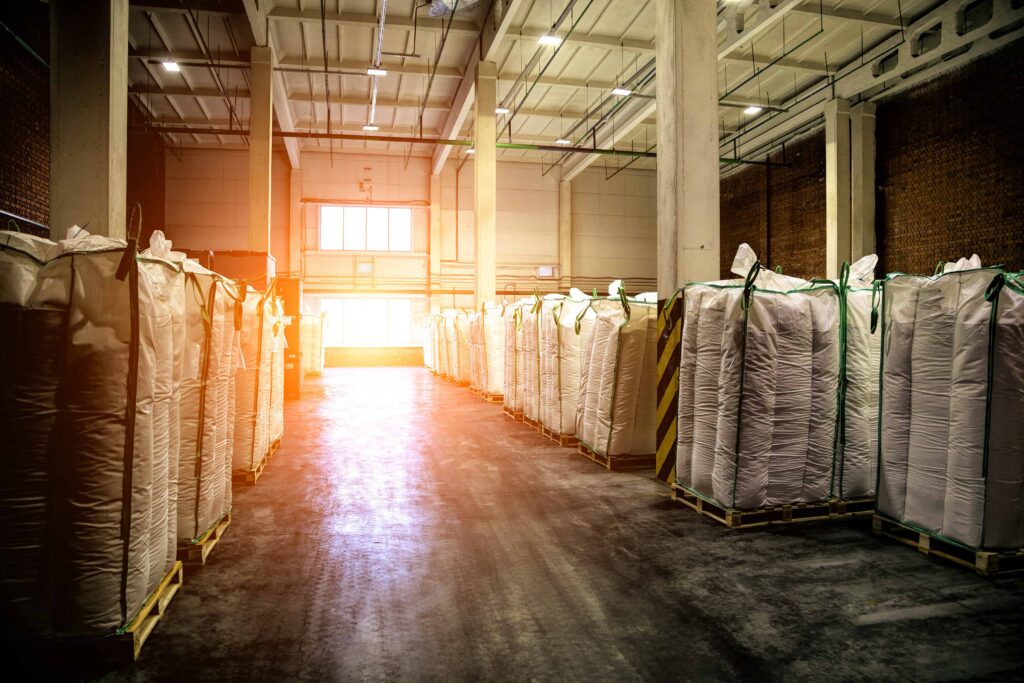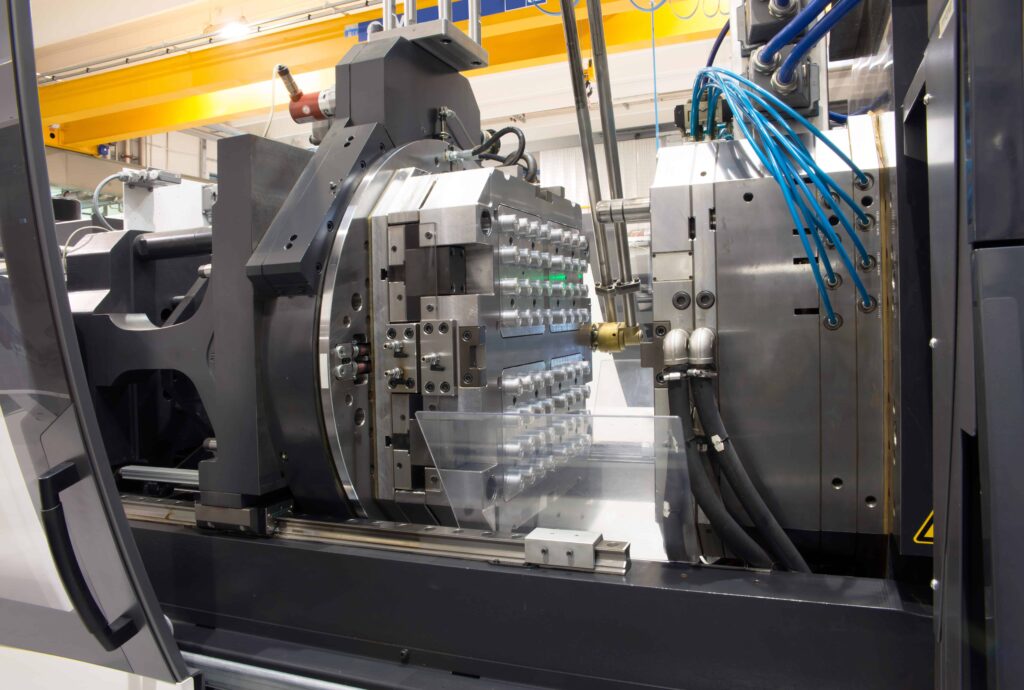In-mold dielectric analysis data (DEA)
Understand what’s happening in-mold
Naturally, the potential for deviation in the characteristics and behavior of any raw material is unavoidable. Moreover, influencing factors are random at best and can range from the likes of fluctuating humidity and ambient temperatures, to the aging of raw materials and storage conditions.
The power of sensXPERT lies in its unique ability to intelligently monitor and adapt to these many complex variables in real time. The starting point here is sensXPERT’s unique take on dielectric analysis (DEA), and this is achieved through the sensXPERT Dielectric Sensor.
The sensor is installed directly into the mold, offering improved sensitivity and the ability to measure a wider range of material properties. In fact, the sensor’s electrode is in direct contact with the material in the mold and transmits an alternating electric field throughout. This causes the material’s molecules to move. As the material cures or solidifies, the flow of this movement decreases while ‘mechanical viscosity’ increases. These variations enable the dielectric sensor to evaluate changes in the material properties, resulting in a rich source of real time data, that is then combined with existing material science information to generate machine learning models.


Ultimately, these machine learning models can calculate quality indicators, such as the degree of cure, the degree of crystallization, a glass transition temperature, flow behavior or other relevant thermal/mechanical properties of the polymer being processed. With this information, sensXPERT radically revolutionizes the way you control your manufacturing process, allowing you to adjust it dynamically and in tune with any potential deviations.
Our sustainable Goals

The Impact of Composites in the Aviation Industry
The aviation industry is ripe-full of advancements and transformation. Materials and processes have evolved ever since the development of the first powered flight by the Wright Brothers in 1915, which was built out of wires, canvas, wood, and steel. The 1920s and 1930s saw a material transition to metals such as aluminum. This was seen […]

Overcoming Automotive Plastics Production Challenges
This article will navigate the various production-specific and industry-wide challenges faced by the automotive plastics manufacturing industry.

EU taxonomy: How SMEs in the plastics industry are affected
How does the EU taxonomy impact SMEs in the plastics industry? Read about the financial effects and new technologies for sustainable production.

Automotive Plastics Manufacturing Trends in 2023
How beneficial is plastic in automotive manufacturing? Read on to learn about the latest automotive plastics manufacturing trends.

Is Plastics Manufacturing Sustainable?
The European Union has outlined its goals for a carbon-neutral society within the next 10 years, yet a major hurdle remains. The production of non-biodegradable materials is growing, and its industries are looking for more ways to tackle the ever-important objective: ‘net-zero’. Plastics: A Growing Industry The first fully synthesized plastic polymer to pioneer global […]

sensXPERT Material Characterization Sensors
Material characterization is invaluable in plastics manufacturing. Through the implementation of material characterization tests, manufacturers can ensure the quality, performance, and safety of their final products. There are numerous material characterization techniques and tests that can be conducted at different stages of production. This article will examine in-mold material characterization in specific. Additionally, we will […]

The Problem with Plastic: #2 Process Stability
Process stability is essential in plastic part manufacturing. By maintaining a stable process, challenges such as manufacturing defects are less likely to occur. However, it is not always easy to foresee deviations or issues that would otherwise require immediate process adaptation. Last week we looked at various types of manufacturing defects and how to deal […]

The Problem with Plastic: #1 Manufacturing Defects
Manufacturing defects, fluctuations in part quality, and the manufacturing ‘black box’ are a few pain points that plastic part producers face in their day to day. Not only do these challenges limit productivity, but they can also be costly and energy inefficient. To help plastic manufacturers combat these difficulties, our new blog series ‘The Problem […]
Benefits of in-mold dielectric analysis data
Explore real-world use cases for sensXPERT

Improving in-mold transparency in the electrical encapsulation industry
Find out how two companies successfully used sensXPERT on their reaction injection molding processes to boost in-mold transparency and reduce scrap production rates.
Find out more

